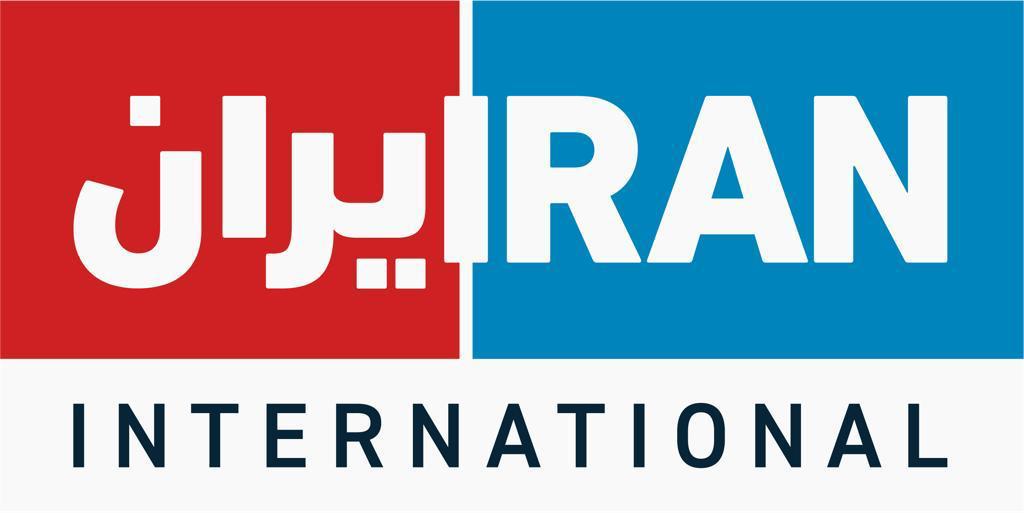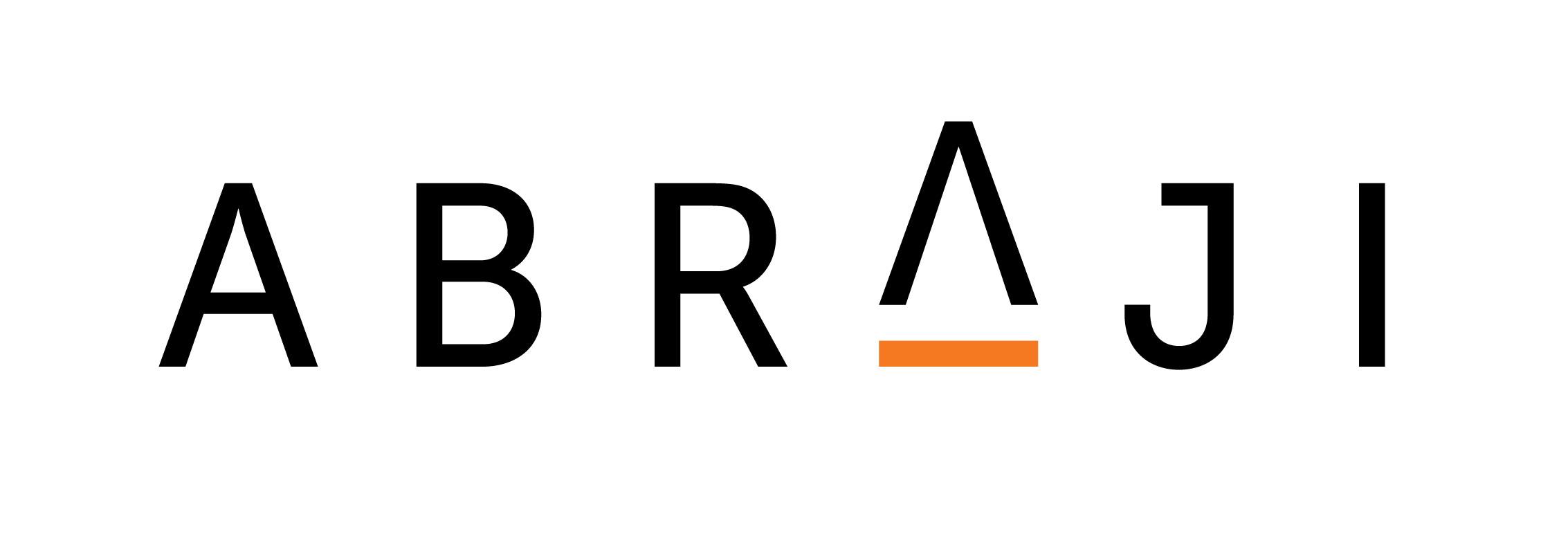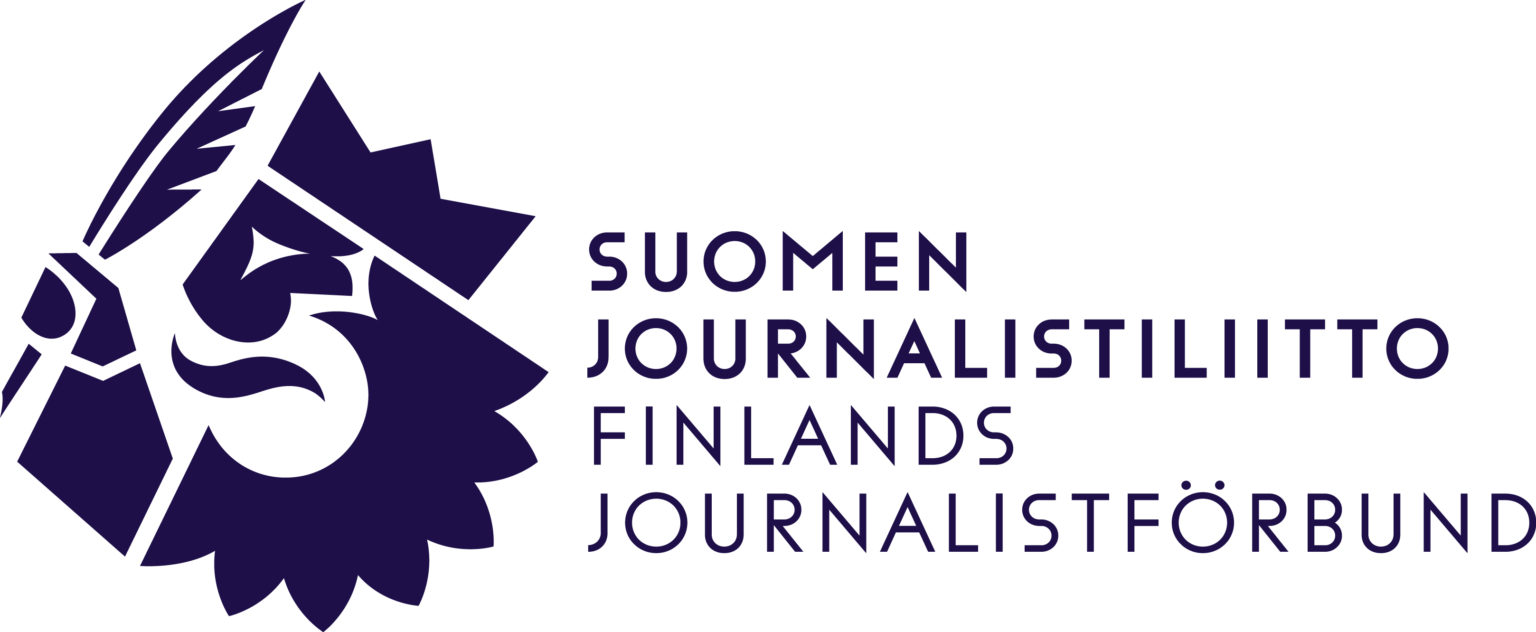News industry professional and INSI board member Amy Selwyn remembers how her media organisation dealt with the impact on staff of a shocking incident:
Thirty years ago, I was living in New York City and working for a major news organization. We had a team assistant (whom I’ll call K) for our small group of writers, artists and graphic designers. K was a lovely young woman, about my age, actually, and she hailed from the Midwest. In college, she had met and married one of the stars of the school basketball team.
K was crazy about John, her husband, and her desk featured several photos of the young couple with first one child, then a second and then a full brood of three adorable kids under the age of six. K and John lived in Brooklyn and John had a promising career with an insurance company.
Until he discovered crack.
Early one morning, as we later found out, John threw K down a flight of stairs when she refused to give him any more money for his habit. She broke her neck and died instantly. Then he dismembered her body, surrounded K with tires and set her on fire. John had forgotten that K had a pin in her knee, however, and the police were able to quickly identify her remains. John was arrested two days after K first went missing. He went to prison. The three children were put into the New York City foster care system.
It was a scary and horrifying time for those of us who had worked with K. The police cordoned off the area where she used to sit. They impounded her desk. They interviewed each of us, preparing the case against the husband we didn’t know but had heard so much about.
Many years later, I still remember this story in vivid detail. First, of course, because it was violent and shocking. And second because of the way my employer handled the situation. This was in 1985, years before media organizations would talk about things like vicarious trauma or even PTSD.
My company did three things for our department and our team that, in hindsight, seem not only sensible but also empathetic and profoundly respectful. It’s worth remembering these three things:
- Individual counseling: Every person on my team was required to sit individually with a trained grief/domestic violence counselor. The sessions were private and were held at convenient times. They were held off-site. No one knew who was seeing the counselor or when.
- Extended counseling: Every person on my team was covered for up to six sessions with the counselor. This was offered free of charge. The manager was not told about it; the appointments were held in the strictest confidence.
- An expert in domestic violence and drug addiction was invited to come to a brown bag lunch session. This session was open to anyone who wished to attend. The purpose of the session was to help us come to understand violence and addiction more generally, rather than to focus on K’s and John’s story.
In retrospect, what I now realize made the difference for us and helped our team eventually cope with this senseless and painful experience was the emphasis on talking and communication and de-stigmatisation. Management sent the message that they realized this would be a shocking and difficult thing to process, and they introduced programmes that provided safe, private and professional tools for coping with grief and shock.
Today, most organisations have in place a mechanism for helping staff, especially those who are out in the field. At the core of these programmes is what my employer from many years ago clearly understood: we need to talk, we need to share, we need to process grief. Being overly macho about it or fearing for our jobs if we “speak up” is neither healthy nor acceptable.
I’m grateful for the help we received. I know the healing was more complete as a result.
For more information on vicarious trauma in the newsroom please see our recent interview with Gavin Rees from the Dart Center Europe and our podcast on post traumatic stress disorder in the newsroom from Neil Greenberg.
Photo by AFP



























































